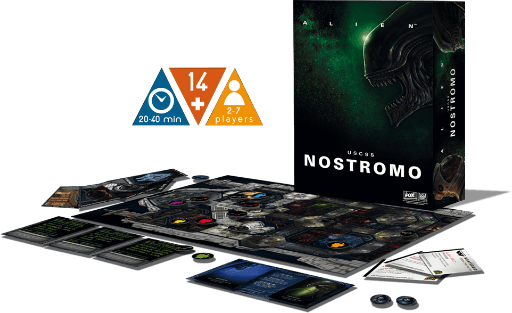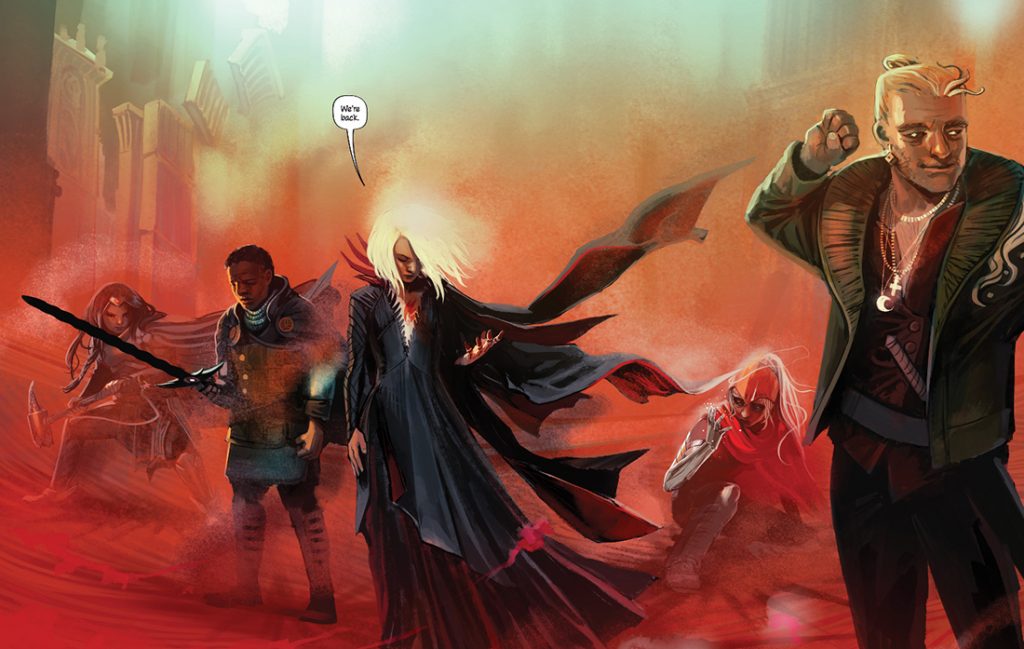Quinns: Tiny Towns is a cute little 30 minute city-building game that arrives in U.S. stores tomorrow. The box is full of winsome wooden buildings, players erect farms and homes, and on the cards you can see animals living peaceful lives.
All of which is a little misleading. The best bit of Tiny Towns is hearing one of your neighbours – having carefully examined their own tiny town – mutter “Oh, sh**.”
Intentionally or not, designer Peter McPherson has captured the reality of living in a tiny town. Friendly interactions, with a pungent undercurrent of jealousy.
Here’s how it works!
Each turn, every player is told to collect a single cube of the same type, whether that’s stone, or brick, or whatever, and place it somewhere on their own, private player board. On one turn you might have to deposit a glass cube, then on the next turn you’re told to place a wheat cube, and so on. A run of bad luck might make it look like you’re running a free-range glass farm, but don’t lose your cool! You’re a town planner, dammit! You trained for this!
What you’re trying to do is create patterns printed on public cards, at which point that anxious sprawl of cubes is replaced by a building. If you’ve played hit mobile game Triple Town, this will feel as familiar and comfortable as a pair of slippers. Imagine a satisfying “Whooshp!” sound as all of the cubes are suctioned into one square, being replaced with a teeny wooden building.
But what do you building? It could be a happy little house that produces 3 victory points so long as it’s fed by a happy little farm. It could be a happy little well that scores 1 point for each adjacent house. Or it could be a happy little abbey that scores 3 points so long as it’s kept away from the scum-caked workers of nearby factories, a type of building which isn’t worth victory points, but instead lets you store and swap resource cubes as they arrive.
And at the risk of damning Tiny Towns with faint praise, this puzzle is a very sweet thing to fiddle with. As you play, wooden cubes and buildings tumble through your fingers, all of them bearing a lovely lick of paint. This isn’t my area of expertise, though, so let me hand over to SU&SD’s resident colour expert, Matt Lees.
Matt: Fantastic to be here, Quinns!
Most games that aim to appear fun and inviting know they want to be colourful, but according to rainbows there are only six colours. Six! Far be it from me to argue with a rainbow, but this causes a ton of grief for games that have more than six different things. At this stage we enter “THE INTERESTING TONE ZONE”, where all bets are off and if you aren’t ruddy careful you can easily end up with a muddy/neon nightmare, as seen with CMON’s otherwise-excellent Ethnos. Tiny Towns juggles the full spectrum beautifully, picking tones that are not only clear and distinct, but also feel like they cohere neatly within the same palette. It’s a game that immediately radiates warmth: warm reds, warm yellows, warm greens, warm blues! WARM BLUES. Anything is possible! I guess I’m arguing with rainbows after all.
Quinns: Thanks Matt!
And so long as we’re talking about pleasantries, Tiny Towns also has a teasing bite point where your player board goes from having more than enough space, to suddenly being absolutely chock-a-block, and placing every cube feels like a torturous compromise between what you hoped to do, and what you should probably do if you’re being sensible. It’s unreasonable to expect an arc from a 20 minute game, but it’s well-placed pivot.
But if Tiny Towns is little more than a fun fiddle, I’ll give it this- I couldn’t stop fiddling with it.
For the last couple of weeks, I’ve shown Tiny Towns to literally dozens of people, partially because I want to see their faces light up (and then darken) as they encounter the game’s simplicity (and abrupt crunch), but also because there’s superb variety here. Of the 8 kinds of buildings that are present in each game, what they actually do can be swapped out from game to game, so you never play the same puzzle twice.
And here’s the twist! During all of those plays, I found out that I don’t think the normal way that Tiny Towns wants you to play is as good as a variant sequestered in the back of the manual.
SO! Ordinarily, players take turns choosing the cubes that everyone has to place. So, on your turn you might say “Wheat!”, and you and all of your friends have to place wheat, like crazed wheat-placing enthusiasts. Then the next person clockwise might say “Stone!” like some some stony despot in the pocket of stone lobbyists, and everyone has to place a stone.
However, in addition to this mechanic making the game slower, it creates an… unacknowledged collaboration where players call cubes that would help them personally, but this results in a perfectly varied sequence of resources. And this is Tiny Towns at its forgettable worst, where you receive a cube you wanted and it’s not a choice. You know exactly where it goes.
BUT! There’s a variant in the back of the manual that instead has you determining the incoming cubes with a deck of 15 cards, containing 3 cards of each colour. You deal randomly off of this deck until there are just 5 cards left, then everyone picks whatever resource they want as the 11th cube, and then you shuffle the deck and start drawing randomly again.
In other words, it removes all player interaction. No wonder it’s a variant, eh? And yet it also turns Tiny Towns from a game that I think is sweet but I’d quickly give away, into a game that might well be good enough to make it into the venerable 140 games that make up my collection.
I’m not sure! I’d have to think about it.
…I’m still thinking about it…
…Ooh, I could be here all day! I’ll get on with the review.
Basically, going from the default game of Tiny Towns to the random card-flipping variant is like… going from riding a docile mule to riding a Shetland pony that is on paper more childish, but this animal actually wants to kick you to death. Suddenly, you’ve got things happening like receiving three shipments of wheat in a row, as if your town was host an impromptu pagan festival. But vitally, you’re sharing this injustice with all of your friends! “COME ON!” you all shout, as brick fails to materialise for the *tenth* card flip.
Using the card variant, Tiny Towns is host to the same magic that we felt during our reviews of Welcome To and Railroad Ink last year, wherein it turned out that players directly interacting is only one way to design a game, and another way is for players to simply share highs and lows as they fret over the same puzzle. Or put another way, playing the card variant simply packs a game of Tiny Towns with more cheering and swearing, more warmth and silliness, and perhaps even a more thought-provoking puzzle. From as early as turn 3 your tiny town might resemble something you never planned, perhaps that you don’t even want, and it’s a question of how you’re going to adapt.
(Your mileage may vary, of course. One thing that’s become apparent to me after roll’n’writes blew up in 2018 is that for some people, games where players don’t interact is a total dealbreaker. And if you’re one of those people, Tiny Towns is not for you! If you want to build a tiny town but interact your friends, I’d recommend Suburbia or the simpler, arguably-underrated Quadropolis.)
But if you’re looking for your next amiable, 20 minute roll’n’write-style experience, I think it’s hard to do better than Tiny Towns. Not just because it’s strong and simple, but because it’s cheap! This is a big box with a lot of tasty, tiny wooden buildings, and yet it’s just £30/$30.
A lot of people have been wishing for the return of our old series The Opener (which is accessible via a button on our videos page), where we show off light games that are perfect to get people into the hobby, plus a recipe you might make. Well, hey! Why not get extravagant and pair the warm, square game of Tiny Towns with some hot, square sandwiches?
I made them last night! Can confirm, they’re absolutely ace.










